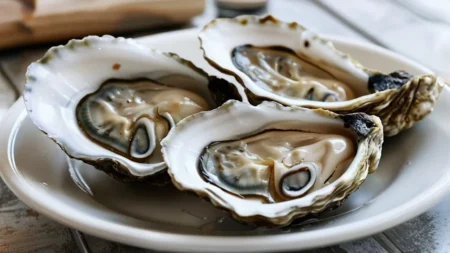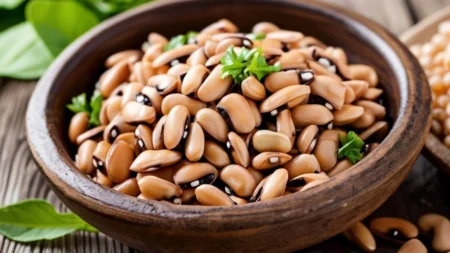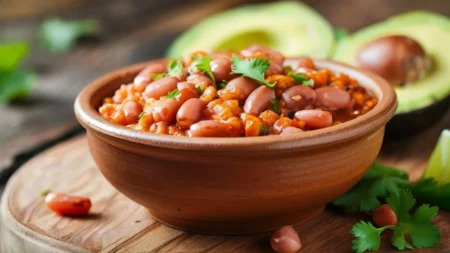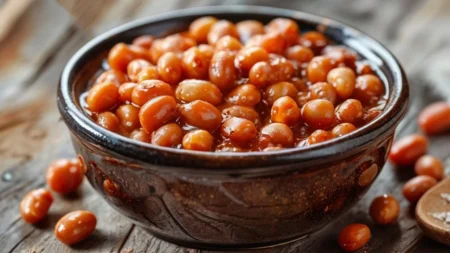Brown adipose tissue (BAT), or brown fat, is special. It helps regulate body temperature and metabolism.1 Unlike white fat, brown fat does not store energy. Instead, it creates heat using a process called thermogenesis.1 Scientists find this fascinating. They think it could be key for losing weight and keeping our metabolism healthy.2 Some studies show that making brown fat more active increases how many calories we burn. It also helps with blood sugar and fat levels, which is good news for fighting obesity and diabetes.2

Key Takeaways
- Brown fat is a specialized type of fat that generates heat, unlike white fat which stores energy.
- Activating and increasing brown fat activity may lead to increased calorie burning and improved metabolic health.
- Brown fat is a potential target for weight loss and obesity-related interventions.
- Medications, cold exposure, and certain dietary components may affect brown fat activity.
- Research is ongoing to understand the practical significance and therapeutic applications of brown fat in humans.
What is Brown Adipose Tissue?
Brown fat, or brown adipose tissue (BAT), is a special kind of fat. It’s very different from the white fat we often think of in our bodies. White fat mostly stores extra food as fat. Brown fat, however, is full of powerhouses called mitochondria. This is why it looks brown. These powerhouses are great at making heat without the need to shiver.1
Distinct from White Fat
White fat and brown fat do opposite jobs. White fat stores extra energy, but brown fat actually creates heat. This heat helps keep our bodies warm.1
Heat Generation and Mitochondria
The key to brown fat making heat is its many mitochondria. Mitochondria turn stored energy from food into heat. This process kicks in when we’re cold or need to generate heat for other reasons. The uncoupling protein 1 (UCP1) in brown fat is crucial for this. It changes the way cells use energy, turning it into heat instead of a different form called ATP.1
Location and Prevalence
Brown fat is mostly found in the neck, shoulders, and upper back of humans. It’s near the collarbone and the spinal cord. The amount of brown fat can be very different from one person to another. And it tends to get less as we grow older.
Newborns and young babies have a lot of brown fat. This helps them keep warm. But as they grow up, they rely on other ways to stay at the right temperature. So, their brown fat decreases over time.1
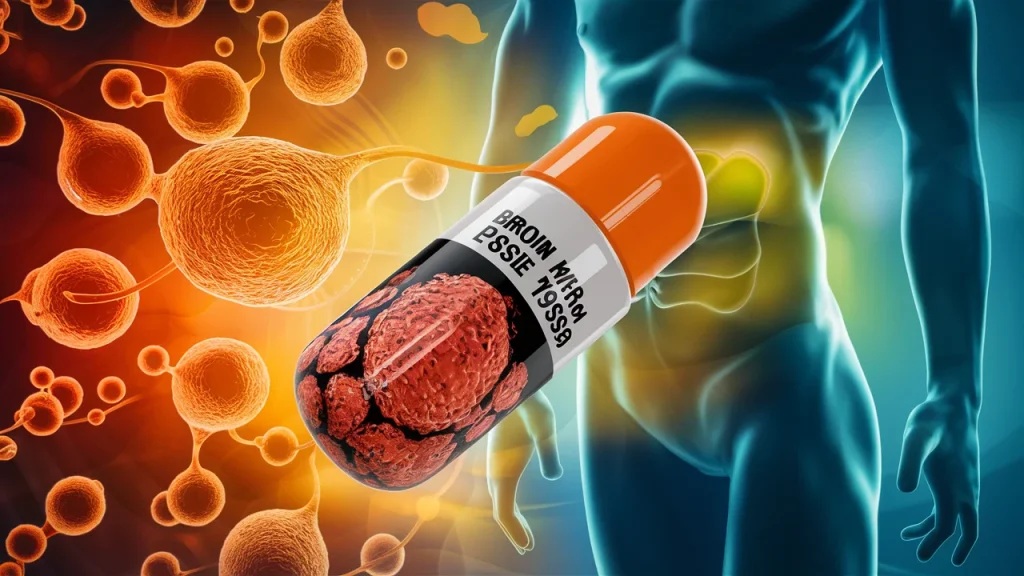
Brown Adipose Tissue Weight Loss Supplement
Brown fat is key in studying how to manage weight and keep our metabolism healthy. It’s thought that making brown fat work better or grow more could help burn calories. This could also improve how our bodies handle sugar and fats, possibly aiding in weight loss and controlling diseases like type 2 diabetes.1 Yet, we’re still figuring out if brown fat can significantly change how our bodies use energy and manage metabolism in people.
Potential for Metabolic Benefits
Being cold can boost brown fat’s activity.1 When we get chilly, our nervous system releases norepinephrine. This makes brown fat start burning energy and producing heat.3 Plus, some foods, like those with capsinoids in chili peppers, might also help our brown fat work harder.3 But, we’re not sure how helpful these are for losing weight and staying metabolically healthy over time.
Cold Exposure and Diet
To activate brown fat, you can try cold showers, ice baths, or just making your home cooler.3 Moving and sweating a bit releases irisin, a helper protein. It turns some white fat into a type of brown fat, which could aid in weight loss and better metabolism.3 Using supplements with antioxidants and eating foods rich in these can also stimulate brown fat. These include things like curcumin, ginseng, and green tea. A diet with items like avocados and a good exercise routine can support your brown fat too.3
Controversies and Limitations
Brown fat is often seen as a way to help with weight loss and better health. But, some people doubt how much it can really do. Research shows that it doesn’t burn as many calories as we might think. This makes its role in weight loss and health improvements less clear. Plus, adults have very little brown fat, meaning its effects might not be that large.
Limited Calorie-Burning Potential
Studies say that brown fat doesn’t burn a lot of calories, just a small amount. This minor effect on our overall energy use means it might not help much with losing weight or getting healthier. Since adults don’t have much brown fat, we shouldn’t count on it too much for these goals.
Cardiovascular Concerns
Somewhat alarmingly, making brown fat work harder might stress our heart and blood vessels. It’s been found that making brown fat active could increase blood pressure and heart rate. These effects could be especially risky for those who have heart problems already.4 It’s crucial to fully grasp the possible dangers and upsides of strategies aimed at brown fat.
Conclusion
Brown adipose tissue has sparked scientific interest for possible use in battling obesity and improving metabolic health. However, current findings hint at its limited actual benefits for humans. It’s important to carefully judge its real-world applications because of its small size and the risks linked to its use.2
Research is ongoing about the role of brown fat in people’s health and how we can use this knowledge effectively. Although the idea of using brown fat to tackle obesity is exciting, it remains an active area of research without clear answers yet.2
The hope around brown fat for aiding weight loss and metabolic changes is mixed with complexities and debates. Some studies have shown it doesn’t burn as many calories as we might have thought. Also, the limited amount found in adults suggests we should not overstate its potential effects.5
FAQ
What is brown adipose tissue (BAT)?
Brown adipose tissue, or brown fat, is a special type of fat. It helps keep our bodies warm and affects our metabolism. Unlike white fat, brown fat produces heat instead of storing energy.
How is brown fat different from white fat?
Brown fat and white fat are not the same. White fat stores energy but brown fat focuses on creating heat. It has a special color because it’s filled with mitochondria. This makes it good at producing heat without shivering.
Where is brown fat located in the body?
In humans, you’ll find brown fat in the neck, shoulders, and upper back areas. It’s often near the collarbone and spinal cord. The amount and how active brown fat is can change a lot from person to person and tends to lessen with age.
How can brown fat contribute to weight loss and metabolic health?
Brown fat’s unique nature has scientists interested in its potential benefits. Some research shows that more brown fat might help burn more calories. It might also help manage blood sugar and fats better, which could aid in weight loss and improve conditions like type 2 diabetes.
What factors can stimulate brown fat activity?
Cold temperatures can make brown fat work harder. When we’re cold, our body releases norepinephrine. This stimulates brown fat, making it produce more heat. Some foods, like chili peppers, contain capsinoids that might also help boost brown fat activity.
What are the limitations and controversies surrounding brown fat’s impact on weight loss and metabolic health?
The idea of brown fat aiding in weight loss is not crystal clear. Some studies point out that our brown fat doesn’t burn as many calories as we thought. Plus, there are worries that activating brown fat could affect our heart and blood pressure negatively.
Source Links
- https://www.webmd.com/obesity/news/20231017/energy-burning-brown-fat-could-help-with-obesity
- https://www.ncbi.nlm.nih.gov/pmc/articles/PMC9874101/
- https://www.xcode.life/genes-and-nutrition/supplements-to-increase-brown-fat/
- https://www.ncbi.nlm.nih.gov/pmc/articles/PMC9776638/
- https://www.ncbi.nlm.nih.gov/pmc/articles/PMC5777285/






